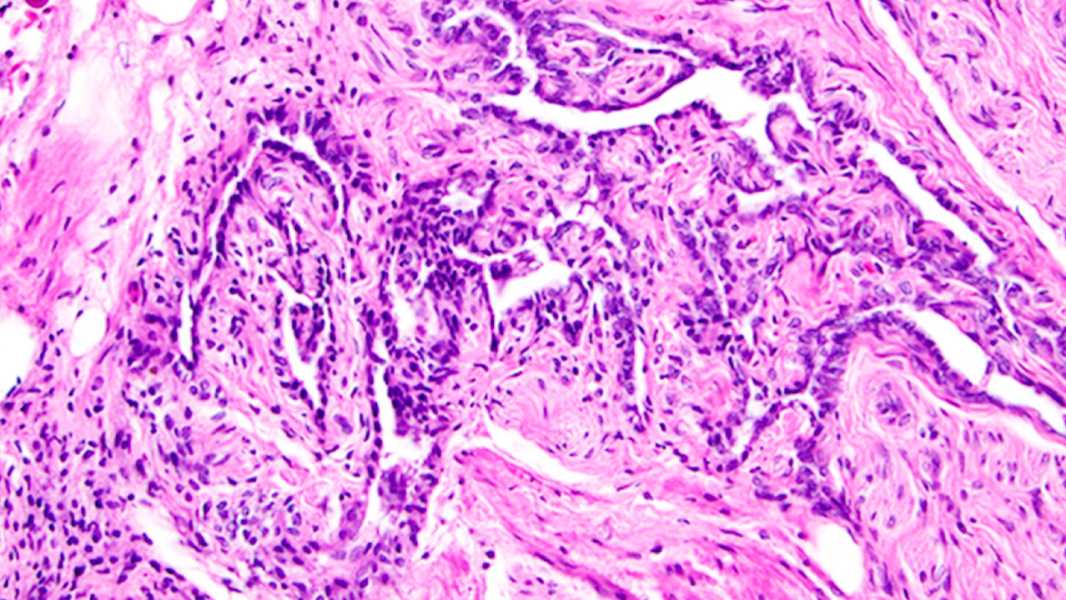
A microscopic image of the tissue surrounding the ovarian retina, an organ that may have significant implications for female fertility. (Image credit: Apperson, KD et al., 2017)
A new study in mice has shown that a hidden appendage in the female body that was long thought to be unnecessary may actually be important for ovarian formation and fertility.
This structure, known as the rete ovarii, was first noted in humans over a century ago, but until now it was considered a vestigial structure—not critical to adult female anatomy, but a remnant of embryonic development. Vestigial anatomical structures, or “remnants,” are generally thought of as having once had an important function that was eventually lost during human evolution.
However, according to a new study published March 19 in the journal eLife, the rete ovarii (RO) may actually play a key role in ovarian function and, therefore, fertility. The study also found that the structure is made up of three distinct regions and can respond to hormonal signals.
You may like
Sourse: www.livescience.com





